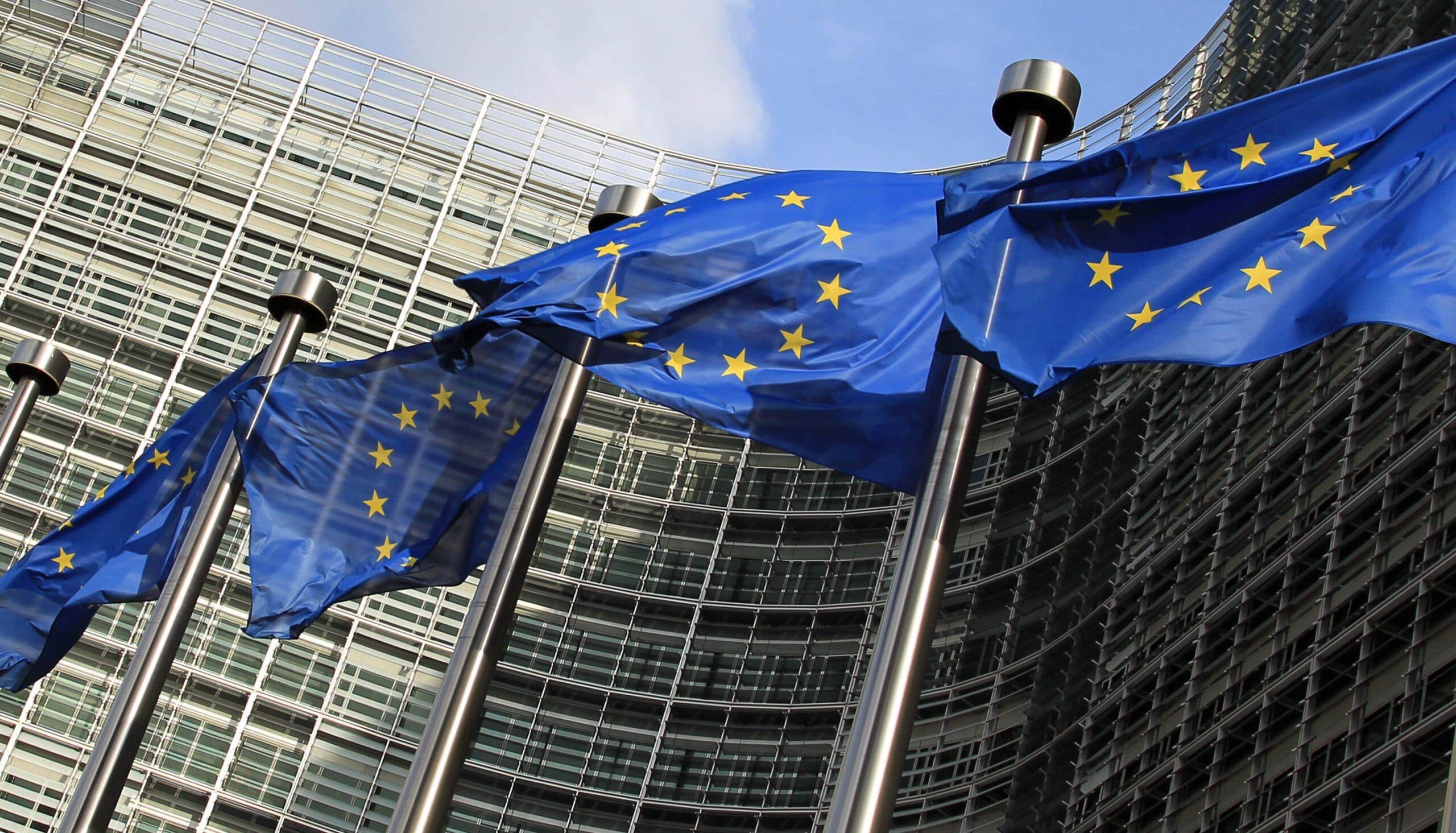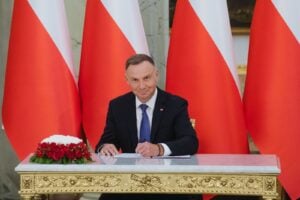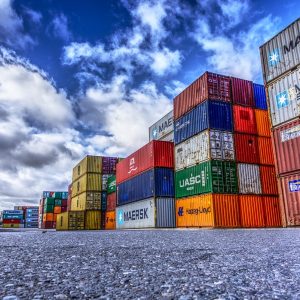The European Union is strengthening the protection of its steel industry: how this may threaten Ukrainian producers
10 October 20:05
Only three months ago, in June 2025, Ukrainian steel producers were able to trade with Europe without quotas and duties. But soon the export conditions may change. What exactly are we talking about?
On October 7, the European Commission presented a plan to protect the EU steel industry. The plan is quite radical: it proposes, among other things, to reduce duty-free quotas on steel imports by 47% to 18.3 million tons per year, compared to last year’s level of quotas. It is also proposed to double the duty on supplies of products in excess of the quota to 50%. Currently, the duty is 25%.
The European Commission also mentioned Ukraine, noting that “the interests of a candidate country facing an exceptional and immediate security situation should be taken into account when deciding on the allocation of quotas.” There is an important clarification: the decision to trade with Ukraine should not undermine the effectiveness of the safeguard measure itself. The statement about the readiness to take into account Ukraine’s interests sounded more or less encouraging. But it left many questions unanswered. As well as a large field of concerns. Which are fueled by the recent experience of trade with the EU that Ukrainian farmers have.
According to the explanations of the publication
The European Commission’s proposal envisages a nearly 50% restriction on duty-free imports and an equally significant increase in duties on products outside the quota. How justified are such measures?
The European system of steel market protection is not unique. We need to understand that steel trade is the most exposed to protectionism in the world. And lately, trade defenses in all countries have been strengthened because it is impossible to compete with very cheap imports from Southeast Asia. In April, Europe had time to revise its trade defense systems, but chose to wait and see. And the one who does something last is the one who loses. For example, the United States has closed its market, which means that more cheap steel on the free market will go to countries that have not closed their markets. That is why Europe is starting to close its market as well, but it is not doing so suddenly – it is expected to happen from January to June 26.
The announcement of the safeguard plan also mentions Ukraine, but not very specifically. They say that Ukraine’s interests as a candidate country for EU membership should be taken into account. What does this mean in practice? What should Ukrainian producers expect?
In June of this year, the European Parliament voted to exempt Ukrainian imports from the current system of trade defense, with the exception of a number of agricultural products. However, Ukraine has not been exempted from this new system of protection. And the explanations already contain a thesis that Ukraine will be subject to the new system. Perhaps with some kind of special regime.
That is, there is a danger that the current duty-free and quota-free regime for Ukrainian steel products may be revised.
In any case, it will be revised for Ukraine. And this is a very big danger. Because everyone remembers what happened to agricultural products. When even we were not under the threat of revision, but our good neighbors used the relevant thesis about Ukrainian agricultural exports in their internal political struggle. And as a result, they made sure that this year Ukraine lost 500 million in agricultural exports because of the quotas imposed on agricultural products.
Remind me, please, how Ukrainian steel producers are currently trading with Europe.
In 2024, annual exports of finished steel from Ukraine to the European Union amounted to only 2.1 million tons. But this is 65% of Ukrainian exports. We are critically dependent on the EU market. Ukraine exports square billets to the European Union, including semi-finished steel products, pipes, flat products and long products. In fact, there are only 6 steel plants left in Ukraine today, and only 5 of them are operating. There used to be 14 plants in Ukraine, but now there are only 5. They are not all operating at full capacity because there is no domestic market. That is, these 2 million tons of exports of finished steel products to Europe enable steel mills to survive, pay salaries, be the largest taxpayers, and support the population in the frontline regions. But today, as it turns out, there is not a single steel plant in Ukraine that would not be potentially negatively affected by the announced system of new trade protection.
Read us on Telegram: important topics – without censorship
What will happen next with the elaboration and adoption of the European Commission’s proposal to protect the EU steel industry? What is the procedure and what are the possible deadlines for the new rules to come into effect?
The way things work in Europe is that first the European Commission develops a plan, then announces the future architecture of how the new system will work. This has been done. Now consultations are being held at the level of businesses, countries, associations, the European Parliament, and so on. And as part of these consultations, different countries, different associations, different trading partners will make their proposals and discuss them. After that, a solution will be developed. It will be proposed to the European Parliament, where it will be voted on. And only then will it come into force. So it’s a long, phased process. But this system can start working as early as June 2026, and as late as January 2026. Negotiations will be conducted with each country separately, and the European Commission may introduce the new trade regime country by country.
Therefore, GMK Center Director Stanislav Zinchenko concludes, the Ukrainian government must do everything within the framework of these negotiations to ensure that the new European trade defense system does not negatively affect Ukrainian steel exports.
Watch us on YouTube: important topics – without censorship
Author: Sergey Vasilevich









